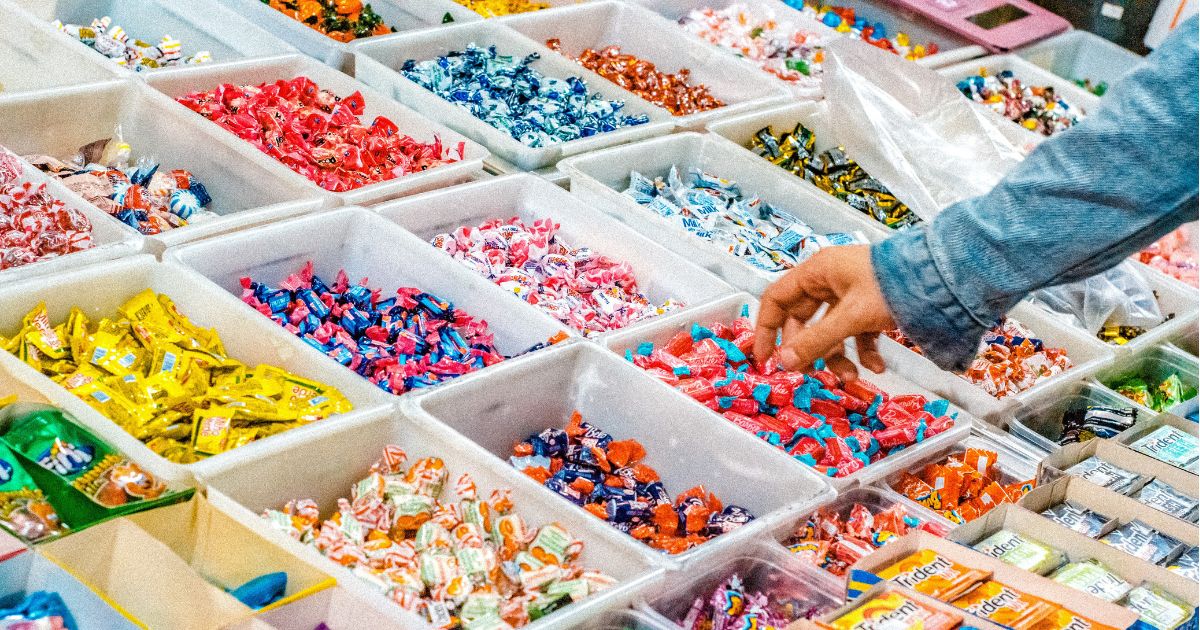I got started early in candy logistics. After I got my MBA in transportation, I managed a fleet based in Melrose Park, IL, and negotiated rates with the suppliers at E.J. Brach. I was in my 30s at the time, and I told the guy that I’d been handling Brach’s candy for 25 years.
That’s because my father was a candy jobber – a small, regional distributor who serviced all kinds of accounts. Dad worked with a regional pool distributor who ordered candy from all the different manufacturers, like Brach’s, and supplied the jobbers in his territory. Every once in a while, I scored a chocolate bar that had turned white, or maybe a bag of stale potato chips.
I worked more than 30 years in logistics, including a considerable amount of time moving candy and similar food items. I designed the supply chain for Luna bar, a Clif Bar product that required refrigeration at the time. It’s a complicated business, but I picked up some pointers along the way.
Peak candy season is August and September, with retail outlets stocking up for Halloween. There are other candy seasons tied to Valentine’s Day, Easter, Mother’s Day, and Christmas, but those seasons generate small quantities relative to Halloween. Americans buy 600 million pounds of candy in the fall, including 90 million pounds of chocolate. That accounts for 8% of all candy sales, and 34% of all seasonal candy, according to the National Confectioners Association.
As recently as the 1980s, however, candy shipments were generally small, with hundreds of manufacturers. Candy moved by truckload to regional hubs managed by pool distributors. Nowadays, most candy is delivered to big retail chains, and many of those chains handle their own logistics directly with the big suppliers or through 3PLs.
A few things to remember if you want to get into chocolate transportation or logistics:
- It’s a niche, so it’s important to find reliable partners with that specific expertise.
- Most candy moves together at 50-65 degrees Fahrenheit. Humidity is also important.
- Chocolate is especially sensitive to temperature and humidity.
If chocolate is stored or transported under the wrong conditions, the appearance and texture will change. It’s not harmful, but most stores won’t sell it. Excess moisture can make the sugar crystallize, so the chocolate looks white and dusty. If the temperature varies too much or too quickly, the fat in the chocolate may “bloom,” causing a whitish film on the surface and changing the texture to soft or even powdery.
One time I had a pool shipment from Chicago with a malfunctioning refrigeration unit that cranked the temperature up over 100 degrees. We delivered a load of chocolate that was oozing out the bottom of the rear doors – not my greatest moment in motor carrier management.
Here are some tips to avoid that kind of embarrassment:
- Move chocolate on reefers in summer or when temperatures exceed 70 degrees Fahrenheit.
- Short hauls under 250 miles can often go on vans in spring and fall.
- When temps are above 15 degrees Fahrenheit, candy can often be moved on an insulated van or a dry van with blankets, if the shipper permits it.
Find loads, trucks and lane-by-lane rate information in DAT load boards, including rates from DAT RateView.


